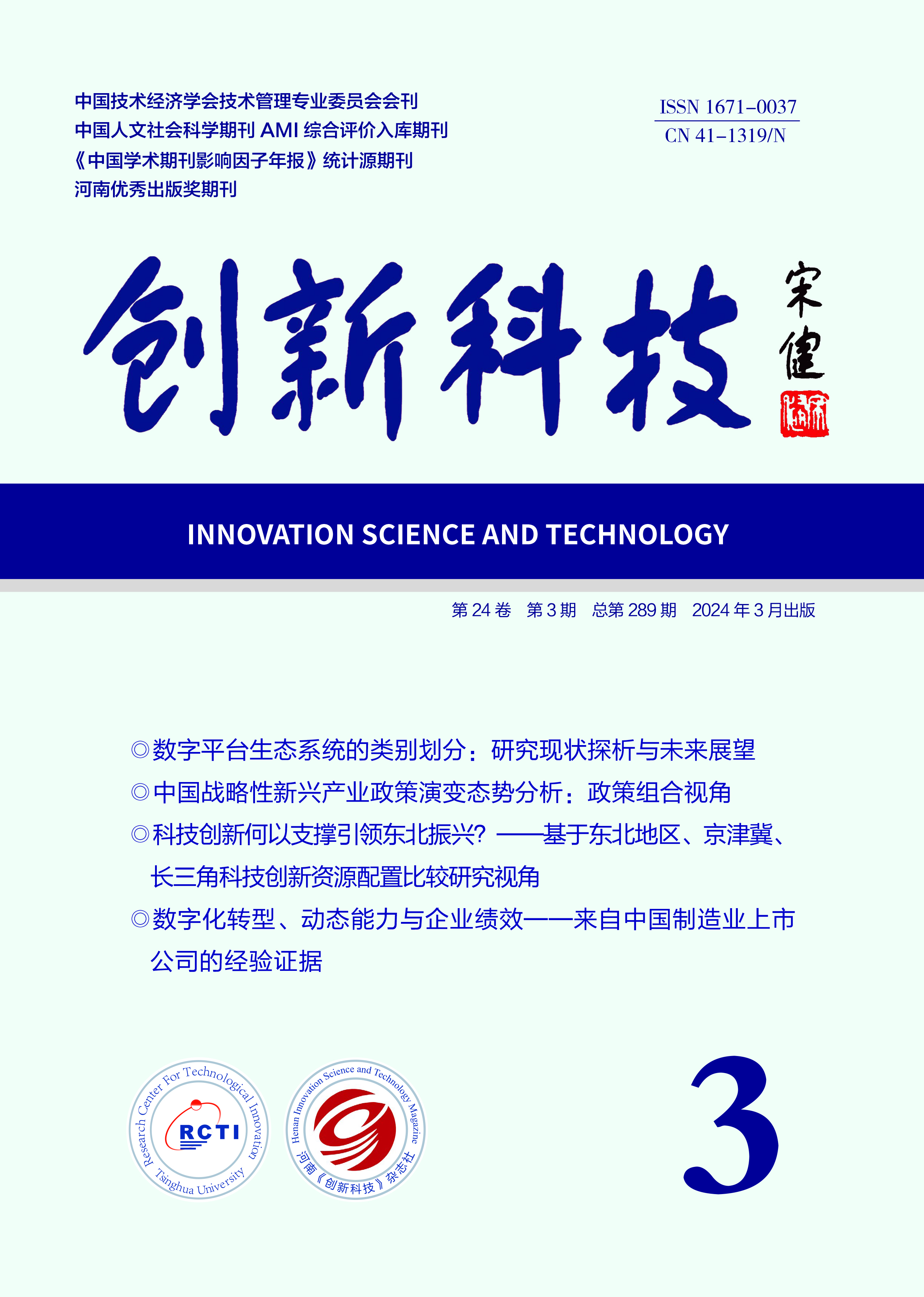INNOVATION SCIENCE AND TECHNOLOGY
Quick Search

All publication are peer-review
Peer review will take the from of double-blind review Judge objectively and impartially
There is no conflict of interest for the reviewer
Review articles shall be kept strictly confidential prior to publication
Industrial Technology Progress
Strategic Choices for the Coupling Between Productive Services Industry and Manufacturing Industry in the Digital Economy
Li Qiuxiang1 , Liu Shuang1 , Huang Yimin2
(1.Business School, Henan University, Kaifeng 475004, China; 2.School of Management and Economics, North China University of Water Resources and Electric Power, Zhengzhou 450046, China)
Abstract: As the digital technology revolution is reshaping the global industrial competition landscape, China's manufacturing industry finds itself in a three-dimensional dilemma character⁃ ized by "rigid cost escalation, structural overcapacity, and persistent lack of innovation". The pro⁃ ductive service industry urgently needs to break through the development shackles of "low-end service lock-in and homogenization competition". Moreover, the traditional industrial barriers be⁃ tween China's producer services and manufacturing sectors are weakening, accelerating their deep coupling into an ecosystem aligned with the "Industry 4.0" or "Smart Manufacturing". This paper breaks through the homogenization limitations of traditional SWOT analysis by innovatively constructing an entropy weight TOPSIS method and a SWOT quantitative analysis model. It devel⁃ ops an analytical framework of "digital empowerment-industry coupling-regional adaptation strategy" for China's eight comprehensive economic regions, systematically deconstructing the key elements and adaptation strategies of the coupling among the digital economy, productive ser⁃ vices industry, and manufacturing industry. The findings reveal: Firstly, under the conditions of the digital economy, there is significant spatial heterogeneity in the coupling between the produc⁃ tive services industry and the manufacturing industry across China's various comprehensive eco⁃ nomic regions. Secondly, the economic regions can be categorized into four tiers: the first and sec⁃ ond tiers should adopt strength-exploiting strategies, the third tier, rising-exploiting strategies, and the fourth tier, conservative strategies. Thirdly, each region needs to formulate appropriate strategic transition paths to facilitate synergistic development and industrial upgrading between the productive services industry and the manufacturing industry. The first tier needs to build a pioneering strategic transition path driven by the three dimensions of "technological breakthrough —market expansion—institutional innovation". The second tier adopts a triple helix strategic transition path of "technological innovation iteration—market boundary reconstruction—institu⁃ tional supply upgrading". The third tier needs to build a "dual-driven" strategic transition path: factor marketization reform and institutional openness. The fourth tier needs to establish a mecha⁃ nism for advantage polarization to strengthen its core competitiveness, while simultaneously set⁃ ting up a risk mitigation system to overcome development obstacles. Finally, under the overarch⁃ ing principle of "strategic adaptation for the coupling of comprehensive economic regions", this study proposes countermeasures such as deepening the empowerment of digital technologies in the productive services industry and manufacturing industry, innovating the collaborative mecha⁃ nism between them, and strengthening the regional adaptability of their coupling strategy.
Key words: digital economy; digital empowerment; industrial coupling; strategic choices; pro⁃ ductive services industry; manufacturing industry; regional adaptation; agglomeration level